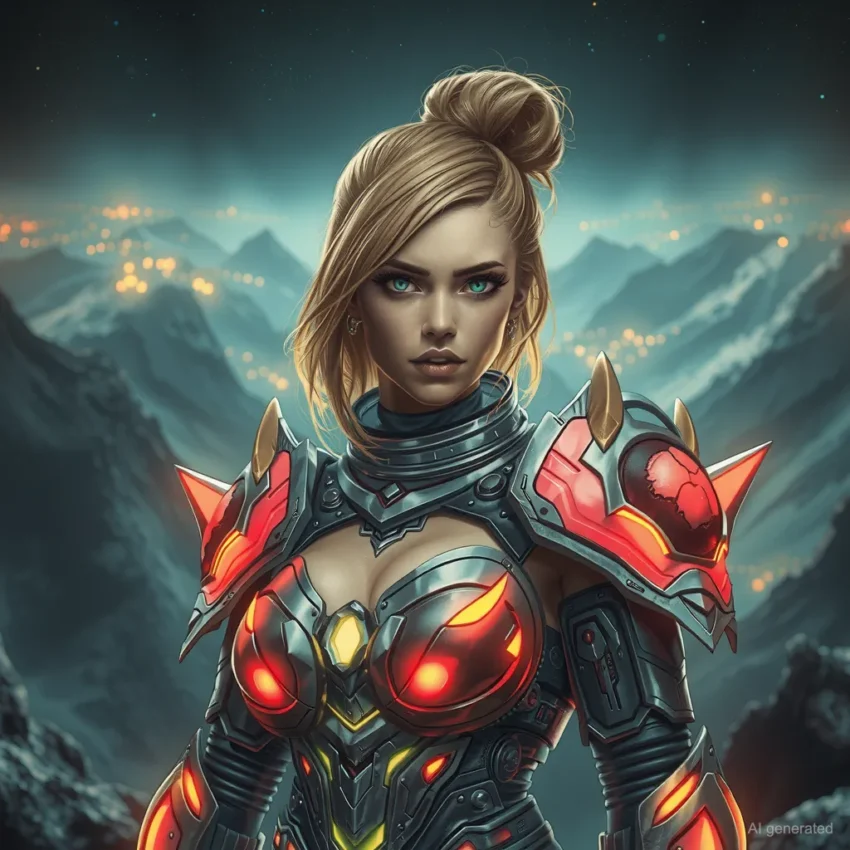OpenAI Unveils AgentKit and Major Updates at DevDay 2025
At DevDay 2025, OpenAI made a significant impact by launching AgentKit, a comprehensive toolkit designed to build, deploy, and optimize AI agents with unprecedented ease. AgentKit includes several core components: Agent Builder, a visual drag-and-drop canvas allowing users to design, version, and preview multi-agent workflows; ChatKit, an embeddable and customizable chat interface to integrate AI agents into web or mobile apps; Guardrails, which implement safety screening for inputs and outputs; and Evals, a toolset for automatic performance measurement, grading, and prompt optimization. This combination enables developers and enterprises to create intelligent, production-grade AI agents without the complexity traditionally involved in coding and integration.
AgentKit positions OpenAI directly within the territory served by workflow automation platforms like n8n, Zapier, and Make, offering a more advanced, AI-first approach to agent orchestration. Unlike traditional task automation tools that rely on predefined workflows, AgentKit supports autonomous AI agents that incorporate reasoning, memory, multi-agent collaboration, and continuous learning through evaluation and optimization. By lowering the barrier to entry for agent creation, OpenAI aims to accelerate adoption of AI-powered automation across various industries.
Despite AgentKit’s promise, industry voices emphasize that it currently covers about 20% of real-world automation needs, with more complex scenarios requiring private APIs, compliance layers, and human oversight. Furthermore, AgentKit is presently designed to work exclusively within OpenAI’s ecosystem and models, making it less flexible than open-source or model-agnostic alternatives like n8n. n8n’s open-source nature offers advantages in transparency, customization, data privacy (via self-hosting), and integration with multiple LLM providers, positioning it as a complementary rather than directly competing tool in the automation landscape. Some analysts predict that while AgentKit will raise awareness for AI agents, open ecosystems like n8n will continue to innovate with broader flexibility and vendor independence.
Platform and Model Enhancements
Alongside AgentKit, OpenAI announced several notable upgrades to its platform and models. Sora 2, a text-to-video generation model featuring cinematic realism and synced audio, became available in the API along with a “Pro” variant aimed at professional users. The Codex model reached general availability, now integrated with an SDK and Slack for coding assistance, boosting engineering productivity significantly. OpenAI also introduced GPT-5 Pro, an enterprise-grade large language model tailored for professional applications in finance, legal, and healthcare sectors, offering a 40% speed improvement with a new priority tier.
Additionally, OpenAI expanded the ChatGPT ecosystem by launching an Apps SDK, enabling third-party apps—including Canva, Figma, Spotify, Zillow, and more—to run natively inside ChatGPT. This marks a shift toward positioning ChatGPT as an AI operating system and an app store for AI-powered experiences, fostering a collaborative and inclusive AI ecosystem for developers and users.
Industry and Market Impact
OpenAI’s launch drew immediate industry attention and sparked discussions about the future of AI automation. HubSpot’s stock surged nearly 7% following Sam Altman’s DevDay mention, underscoring market enthusiasm. While some proclaimed AgentKit as a potential “n8n killer” for AI workflows, experts caution that the full automation stack remains complex and evolving. The consensus is that AgentKit’s greatest impact may be validating and popularizing AI agents, thereby driving broader adoption and discovery of agent-building tools, including open-source alternatives.
OpenAI also emphasized enterprise trust and security by demonstrating integrations such as AgentKit with Box’s MCP server, ensuring data sovereignty and compliance while enabling conversational automation over enterprise data.
Summary of Key Introductions at DevDay 2025
– AgentKit: Full-stack AI agent builder and deployment platform with visual workflow design (Agent Builder), embeddable chat (ChatKit), safety mechanisms (Guardrails), and performance evaluation (Evals).
– Apps in ChatGPT: Native integration of popular apps via an Apps SDK to create seamless AI-assisted experiences.
– Sora 2 & Sora 2 Pro: Advanced text-to-video models with synchronized audio capabilities.
– GPT-5 Pro: Enterprise-focused, faster AI model for demanding domains such as finance, legal, and healthcare.
– Codex (General Availability): Enhanced coding AI with SDK and Slack integration boosting software development productivity.
– New API models: Including gpt-image-1-mini and gpt-realtime-mini for efficient, cost-effective inference.
– Service Health Dashboard: Real-time monitoring and transparency for OpenAI services.
Looking Forward
OpenAI’s DevDay is widely regarded as a platform shift, moving beyond standalone AI models toward a full-stack, AI-agent-first ecosystem. By combining agent orchestration, multi-modal capabilities, and an integrated app marketplace, OpenAI is laying foundational infrastructure for a future AI economy. While AgentKit currently excels within OpenAI’s ecosystem, it signals the start of a new era where intelligent, autonomous agents become central to software workflows.
Simultaneously, the event re-energized community discussions on open vs. closed platforms, underscoring the complementary roles of open-source frameworks like n8n in delivering broad flexibility alongside proprietary offerings. OpenAI’s ecosystem announcements have sparked renewed interest and momentum in AI-driven automation, ushering in a period of rapid innovation across enterprises, startups, and developer communities.
—
This review summarizes OpenAI’s announcements and contextualizes their potential impact on AI agent development, automation workflows, and the broader AI platform landscape following DevDay 2025.
